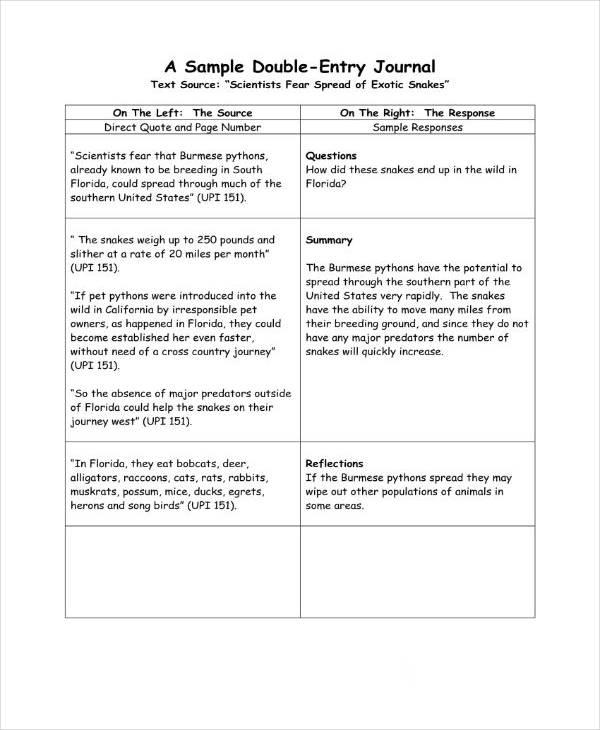
First, the decision established a distinction between copyrightable expressive content and non-copyrightable functional systems and methods. The gist of the decision which denied copyright protection to a new accounting system could be described on three levels of generality. Since it was decided by the Supreme Court in 1879 it has exerted influence on the development of numerous copyright doctrines and rules. Selden is a landmark case on the issue of copyrightable subject matter. It concludes by briefly discussing the various doctrines of modern copyright law whose origin is traceable, at least in part, to the Baker decision.īaker v. The commentary surveys the litigation and its background, the Supreme Court decision, and the broader context of late nineteenth century development of American copyright law within which Baker v. The decision denied copyright protection to an accounting form on the ground that functional methods and systems are not proper subject matter of copyright and could only be protected by a patent. Selden in the Context of Late Nineteenth Century CopyrightĪ seminal case on the issue of copyrightable subject matter decided by the Supreme Court. The Supreme Court Argument and DecisionĦ. Selden (1879)', in Primary Sources on Copyright (1450-1900), eds L. With this list, you can then determine the exact initial stock, final stock, and profit that your company had in a certain period.This work by is licensed under a Creative Commons Attribution-NonCommercial-NoDerivs 3.0 Unported License.īracha, O. At the end of the day, it’s important that the total balance sheet has the same value on both sides. There must always be a balance between the assets and liabilities: each transaction needs to be debited in one account and credited in the other. This is the basic principle of double-entry bookkeeping. On the liabilities side, it works the opposite way: Account balances are reduced in the debit and increased in the credit. Important note for the invoice: For inventory accounts on the assets side (see table 1), the payment inflows are posted in the debit and payment outflows are in the credit. The ins and outs, or inflows and outflows of payments, are recorded in the corresponding areas. These are divided into a debit side (left) and a credit side (right). Once you have an overview of the individual areas, you can look at the individual inventory accounts. Fundamentals: The division of debit and credit The comparison helps you keep track of the areas in which your money is spent and gained.Ī detailed overview of the individual asset utilization and revenue can be found in the following graph (Table 1):Ģ. The liabilities, on the other hand, have to do with all transactions concerning the origin of your assets, i.e., where your money comes from - such as from capital, loans, profits, etc. The assets describe all business transactions that comprise what you spend your money on, e.g., for fixed assets (technical equipment, machinery, etc.), inventories (raw materials and supplies), securities, etc. The balance is divided into assets and liabilities. Basics: The division of assets and liabilities

This way, you can keep track of where, when, and what you spend your money on, as well as where your money comes from. These can later be merged and compared with one another. This works with real accounts - that means that you record the current financial state of your company according to various plans, at both the beginning and the end of each fiscal year. The balance sheet is the foundation of the double-entry system.

This guide will explain the basics of double-entry bookkeeping step by step, as well as point out exactly what you should pay attention to. But from when and for whom is double-entry accounting recommended? And how exactly do the individual invoice processes work? Double-entry accounting really isn’t as complicated as it looks at first glance.

You can only plan future projects over the next year, or several years, if you have an accurate overview of the numbers.ĭouble-entry accounting (also referred to as double-entry bookkeeping) makes it possible for you to keep your business processes manageable. It’s also in your own interest as a business to keep your input and expenditure records in order to be able to determine your profits in the annual financial statements. After all, apart from the tax declaration, the revenue department still needs your annual balance sheet to determine the amount of type of your taxation. Commercial accounting is an essential part of the accounting system and required is for all registered traders. If you run a company, then you aren’t going to be able to avoid bookkeeping.


 0 kommentar(er)
0 kommentar(er)
